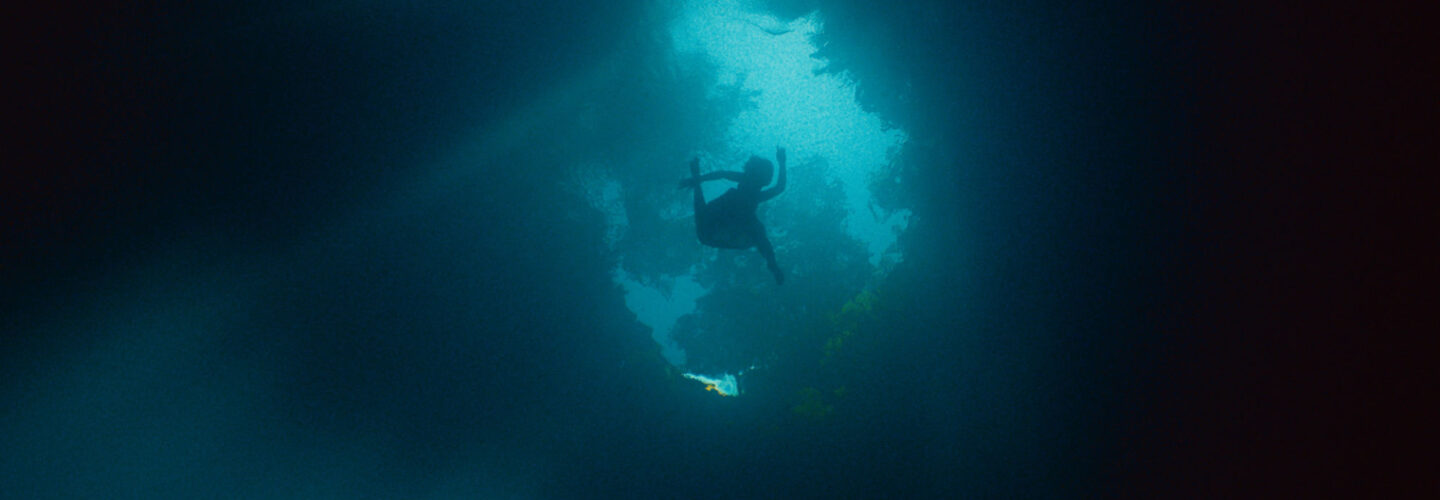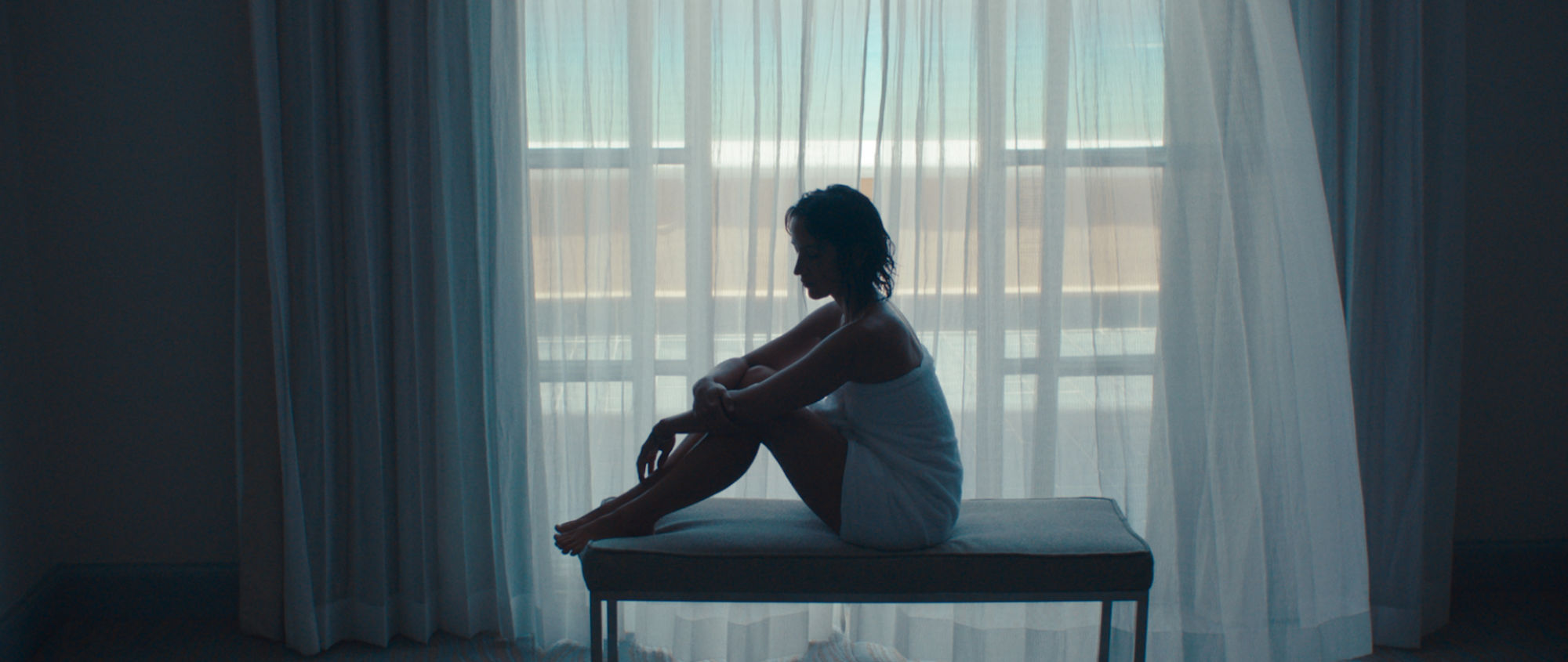
Closing out season two of his travel documentary series Storybooked, Director Shern Sharma’s Xibalba follows underwater dancer Julie Gautier deep into the Yucatan Peninsula for a hidden performance and meditation on her relationship with water. A lyrically experimental exploration of the universal language of art shared across disciplines, Shern joins us to discuss the logistical and environmental challenges of the film and how embarking on these journeys of discovery has, in turn, influenced his approach to filmmaking.
How did you come to make a documentary about an underwater dance performance in the middle of the Yucatan Peninsula?
So Xibalba is actually one of four films in a series presented by Marriott Content Studios called Storybooked which you can watch here. The concept for the series (take an artist somewhere they’ve never been, let them make a piece inspired by the experience) was developed around the time of Trump’s travel ban. Marriott wanted something that would kind of fly in the face of that… content that would encourage and inspire people to embrace the world. It began as a loose conceptual framework – find interesting artists and determine a place they’ve always wanted to visit.
Once casting began, we were able to whittle things down and begin forming a story. I think casting began in May. We had about a month to interview and select each artist. Once we had our four artists and four countries, I was then able to spend a bit of time with each artist, to get to know them and figure out what kind of story we could tell together. What followed was an obscene amount of logistics.
Julie Gautier was a frontrunner from the start. She had such a moving story about how she became an artist and of course, her practice was totally unique. Story-wise, I had a few exploratory calls with Julie after we cast her. I needed to get a sense of who she was outside of her identity as an artist, her sensibilities, her general temperament. For a number of reasons, she was very reluctant to describe herself as an artist. I found this very endearing and it became the kernel of her story… traveling into herself (which is what the jungle represented) to attain some previously hidden level. By the time we met in Mexico, I had a story and a concept.
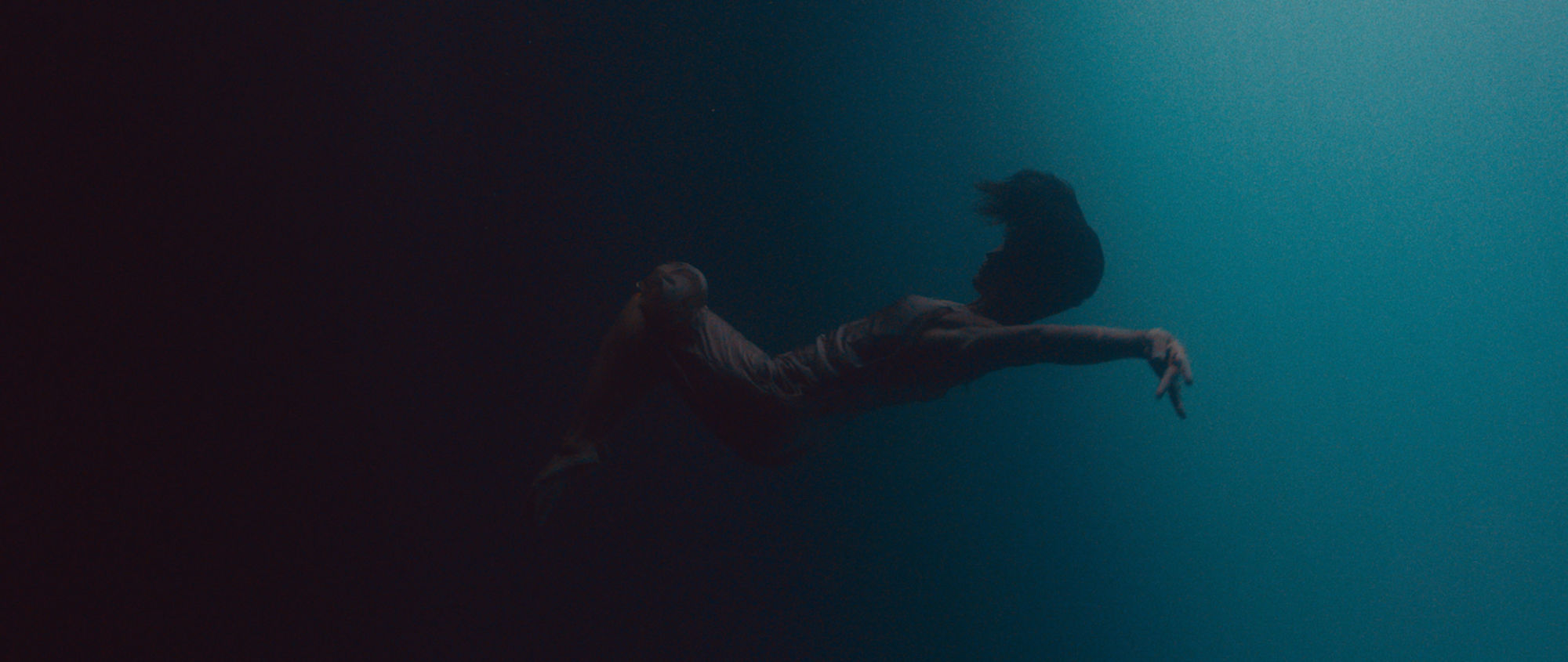
The underwater footage is obviously a key visual here, how challenging was that and the rest of the film to capture given the location?
I’d never shot anything underwater, so that was a major hurdle for me. I did a PADI intro course and my incredible DP Maria Ines Manchego, reached out to a very accomplished underwater DP in Los Angeles called Ian Seabrook. By the time we got to Mexico we had a pretty good understanding of at least what we didn’t know. We looked at over 100 cenotes before eventually finding our spot deep in the Yucatan. We had 5 days to shoot in Mexico, but this is coming off of a shoot in Morocco which nearly ended us.
Shooting underwater is devastatingly complicated (and slow).
Thing is, Mexico in the summer means daily temperatures over 100 degrees and humidity to match, we were all jet-lagged and exhausted after similar conditions in Europe and North Africa, and shooting underwater is devastatingly complicated (and slow). We shot the intro/outro in Nice and had a single day for that – our Producer Carmen Simon Rubio of NBTV is very good at keeping us in line.


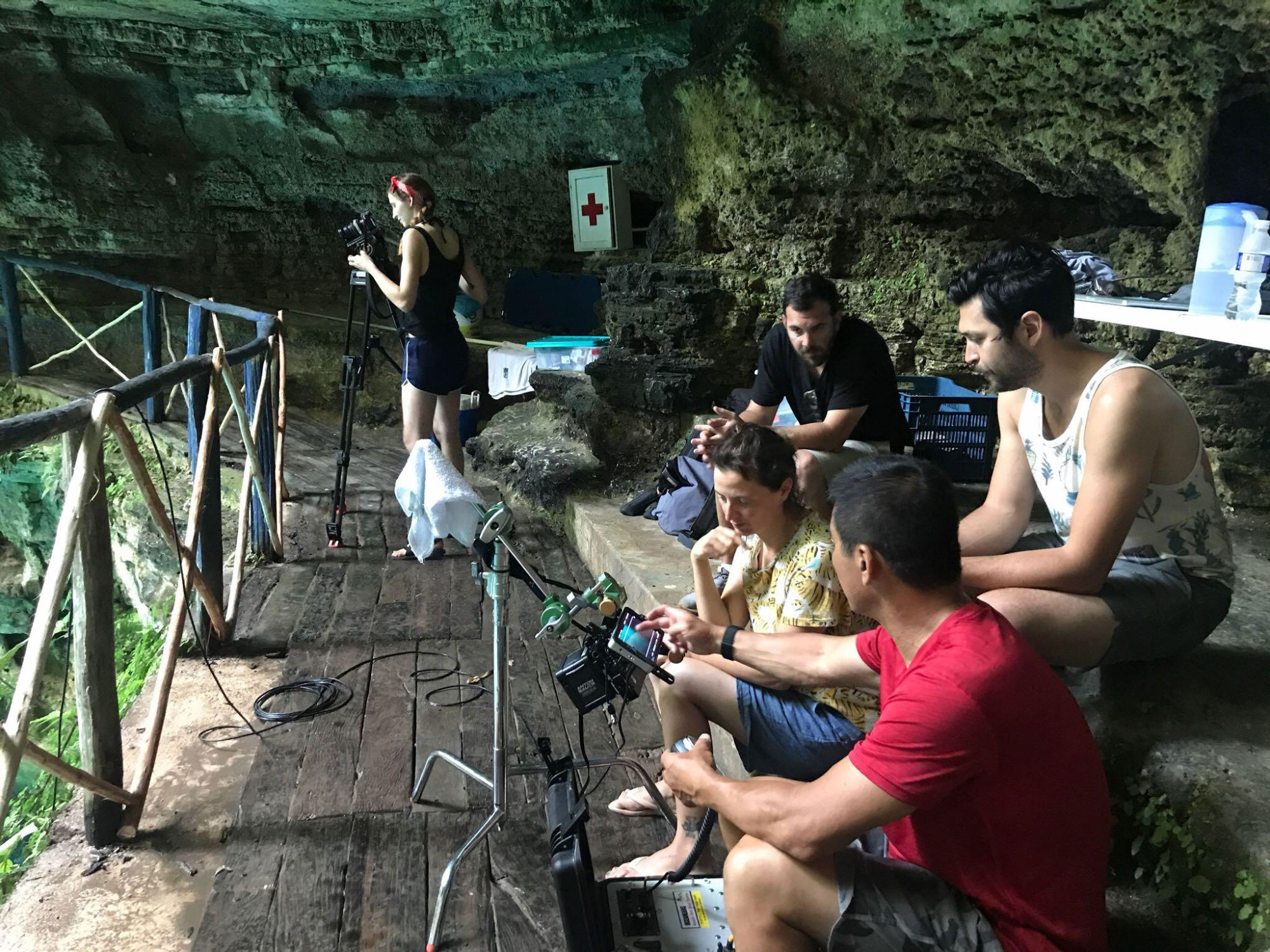


What was your equipment/crew set up?
Let’s see… equipment-wise, we shot everything on the Alexi mini with lenses that were an assortment of super speeds. We had a wonky slider and a flaky remote follow focus, but that’s about it. For the underwater scenes, we used our mini with a 15-40 zoom lens in Ian’s enclosure. Including myself, there were 6 of us: Producer, Director, DP, 1st AC, Grip, Sound. The editing was done in-house by the famous Basque-man, Alvaro Del Val, VFX and color were done at Framestore.
How long did the project take end to end?
It’s difficult to say how much time was spent on just Julie’s film because we shot each film back to back, one country to the next (I’m still catching up on sleep).
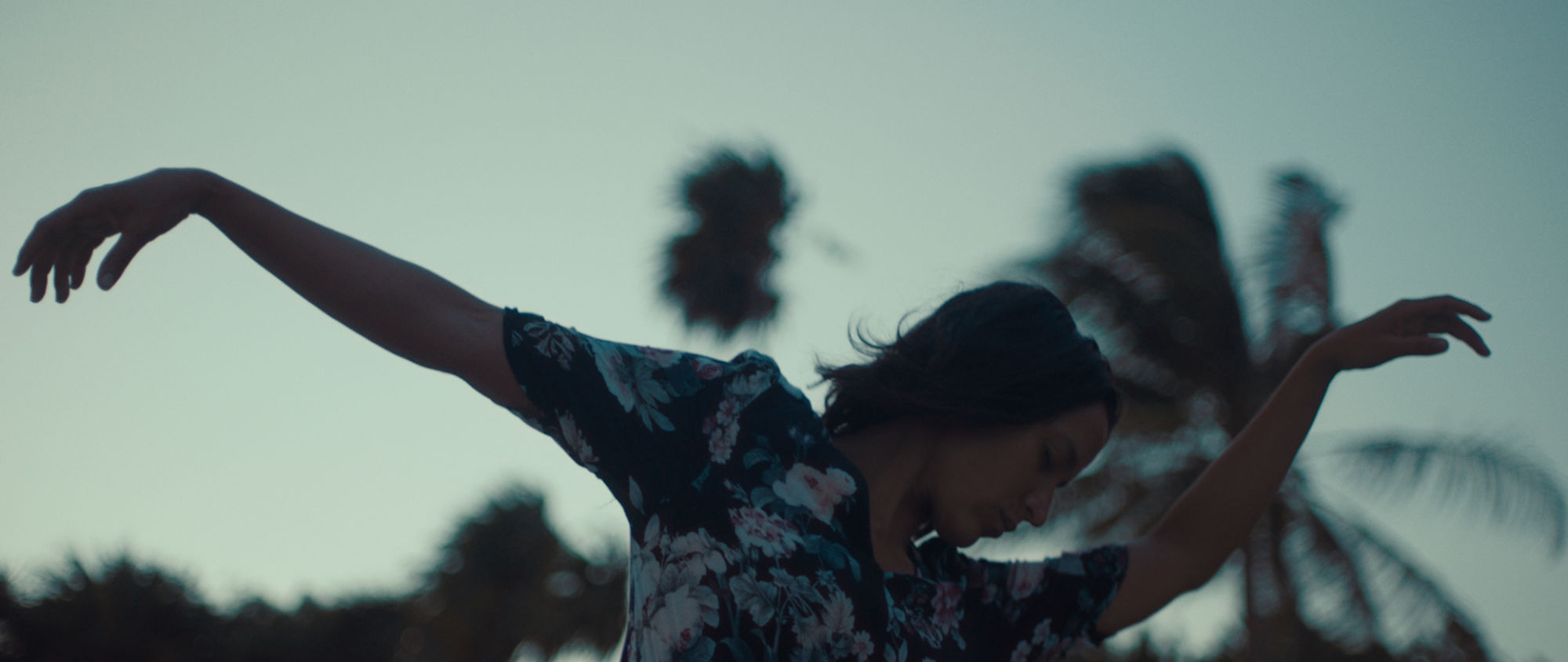
Having now completed two series of Storybooked have you noticed any commonalities amongst the artists in their approaches and how has the experience of exploring creative expression through others’ eyes informed your own work?
Great question… For the first season, we focused on artists that had a physical practice. Sculptors, painters, bricoleurs… Each would turn their travel experience into something tangible. For the second, we focused on performance-based artists. These artists all created something intangible and save for the filming, wholly impermanent.
Now whether they made physical art or performances, the artists I’ve gravitated toward have all taken a very visceral approach to the work they do. When it came to research, or synthesis, none shared the same intellectual approach, but when it came to the experience, they all came running with hands open, bright-eyed and totally open to whatever experiences we threw at them. They all drank the water, so to speak… they were all very grounded and present.
They all drank the water, so to speak…
The biggest thing I’ve learned through working with these people is to respect the primacy of the experience. As a director, the level of improvisation one practices is, of course, a matter of preference. But if there’s any incongruity between the ideas you’ve brought to set and the set itself (location, conditions, mood of the actors, and so on), one bends a lot easier than the others. I’ve gotten a lot better at rolling back the minutia when necessary and often, quite often actually, coming out with something better than I’d originally planned (safe, at a desk somewhere) – while still staying within the theme or intention of the project.
Where will you be heading to next?
I’m hoping the nature of “branded content” continues in this direction. It’s a lovely thing brands making content that people actually might enjoy rather than simply endure. I’m heading to Australia in the middle of December. Part holiday, part research… Then there’s season 3 to consider.

